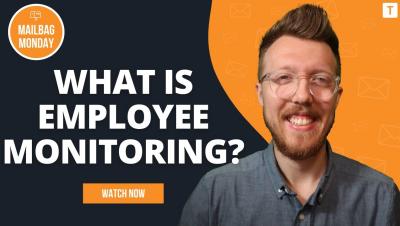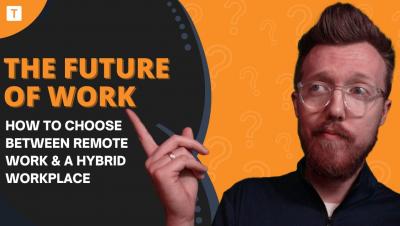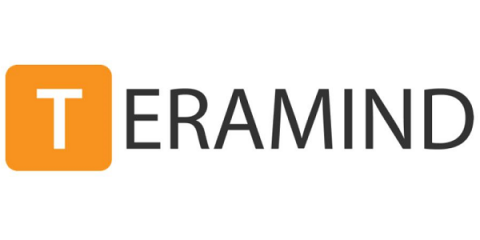8 Remote Working Tips to Keep Your Team Connected!
From 2019 to 2021 the remote workforce has gone from 3% to 41%! Remote work is here to stay so team leaders must actively work on bringing their remote teams together. Let’s take a look at eight of the ways you can keep your team connected while working remotely.





